- Categories:
- Maintenance
- Landscaping
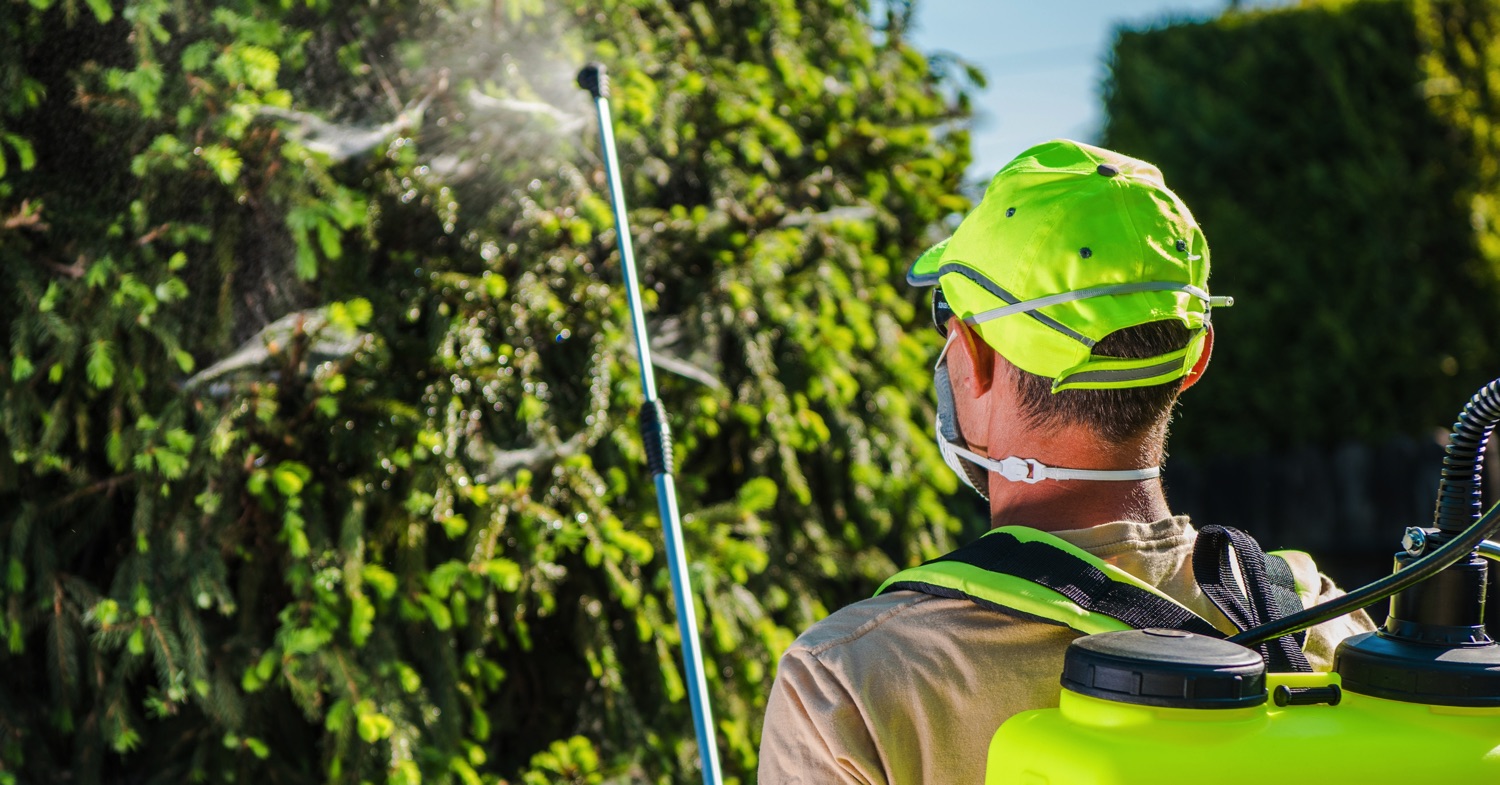
Pesticides are an essential tool for every landscaper to have in his or her toolbelt. When handled responsibly, pesticides help the properties landscapers have been entrusted with to thrive. It is important that those using these pest repellants have a thorough understanding of what they are and how to use them.
Horizon has created the following guide for landscapers looking to protect their client’s property. .
What are pesticides?
When you hear “pesticide,” your mind probably goes to sprays used to repel insects and weeds, but the word is actually an umbrella term for all products that are used to control any destructive pest.
The Department of Health defines a pest as “any animal or plant which has a harmful effect on humans, their food or their living conditions.”
Pests include living organisms which:
- Damage clothing
- Damage buildings
- Bite people
- Carry disease-causing microorganisms and parasites
- Damage crops
- Damage stored food
- Attack and/or eat farm and station animals
While the majority of organisms defined as pests are insects, they also include plants, fungi, and other invasive animals. From the great plagues of locusts described in ancient texts to the Zika fever epidemic of 2015, humans have been waging war against pesky parasites.
Types of Pesticides
Pesticides provide effective solutions for homeowners, agriculturalists, commercial property owners, and landscapers alike. Since all pests are not the same, not all pesticides are created equally. Each is formulated uniquely to tackle the pest it’s been designed to control.
It is important for those looking to apply pesticides to understand how each one works in order to safely and successfully address the pest at-hand.
Some of the most common pesticides include the following:
Insecticides, used to control unwanted insects.
Herbicides, used to control unwanted plants, such as weeds.
Rodenticides, used to control rodents, such as mice and rats.
Fungicides, used to control disease-causing fungi.
We will go into each of these in further detail.
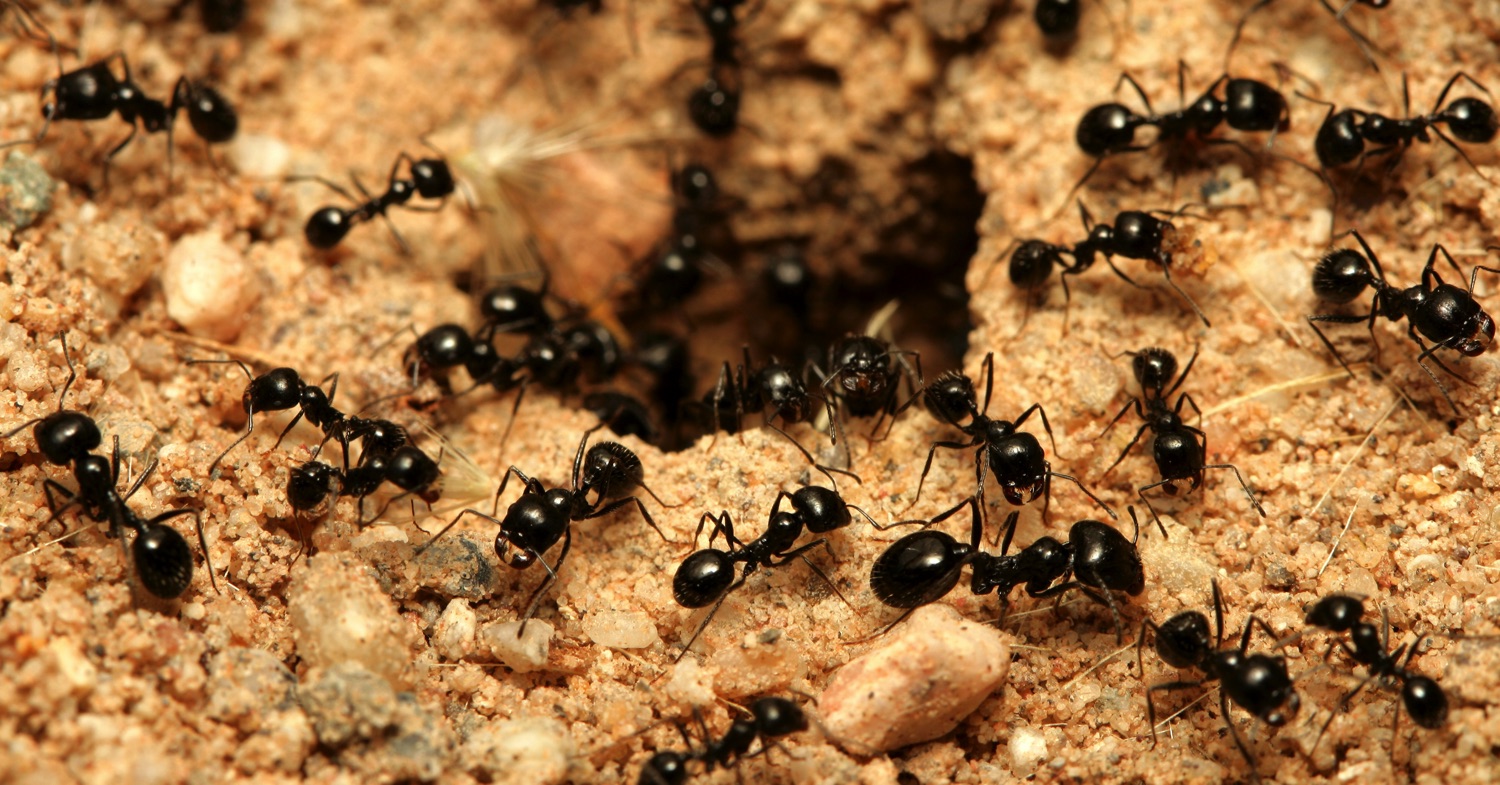
Insecticides
There is little more frustrating than having a backyard barbecue ruined by a swarm of mosquitos or a finely manicured lawn littered with ant hills. Not only can insects be annoying and cause mild inconveniences, but they can also carry diseases that cause them to be dangerous to both humans and domestic animals.
Insecticides allow you to rid your landscaping clients’ yards of invasive insects.
Insects that are prone to terrorize lawns include:
- Wasps
- Hornets
- Mosquitoes
- Slugs and snails
- Pill bugs
- Saw bugs
- Ants
- Aphids and mealybugs
- Crane flies (daddy longlegs or mosquito hawks)
- Armyworms
- Cutworms
- Leafminers
- Fleas and ticks
- Beetles
- Caterpillars
- Grasshoppers
- Termites
The first step to combating insect infestations and damage to landscapes involves educating your clients about how to spot common signs of pests and let them know which pest control services your landscaping company offers.
Clues that suggest pests have invaded your clients’ lawn include brown spots, dead and dying grass patches, and wilting, as well as visible bite marks on blades of grass. Itchy pets may also allude to a flea or tick infestation.
According to Entomologist Dr. Alan T. Eaton, insecticides control insects through various means of chemical attack. While some attack the insect’s nervous system, others impact its maturation process or even interfere with oxygenation. Some don’t attack the insect directly, but rather coat plants and are later ingested by the bug.
Horizon offers an unbeatable selection of professional-grade insecticides for landscaping professionals to use around homes, commercial and industrial buildings, recreational areas, athletic fields, golf courses, lawns, and ornamentals.
Our Mallet® 0.5G Turf Insecticide provides fast knock-down, broad-spectrum, long-lasting grub and insect control with preventive and curative properties. For control of grubs, billbugs, European crane fly and many other pests (see label).
Regardless of which insecticide you choose to use, it is important that you follow the label’s directions. It is a violation on both the state and federal level to apply pesticides in any other way than what the label directs. Failure to follow these instructions could endanger humans, pets and the environment at large. Handle these responsibly for the most safe and effective results.
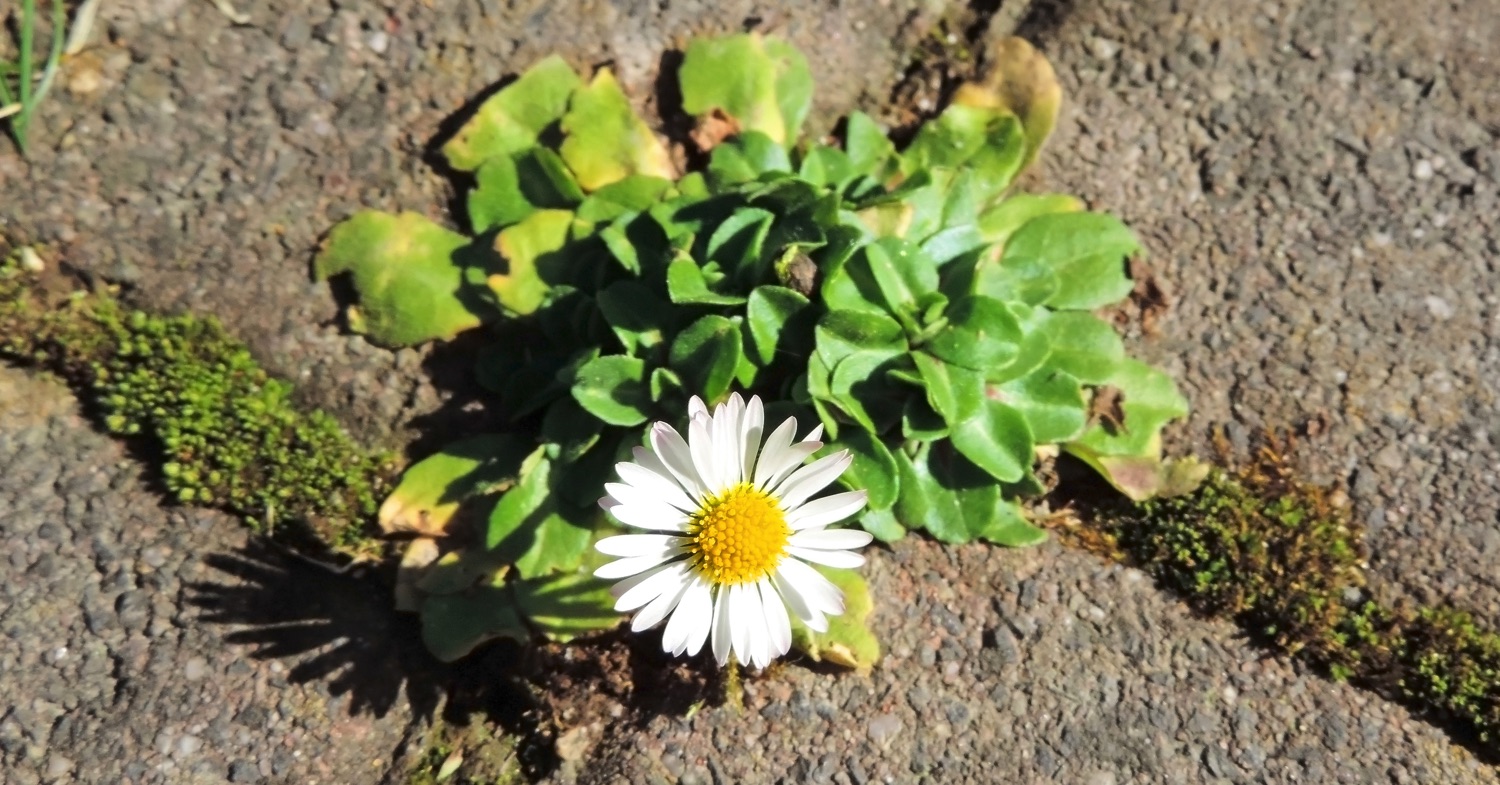
Herbicides
Herbicides help to manage undesired plants such as weeds. They target unwanted vegetation but leave the lawn and desired foliage relatively unharmed through a process called “selectivity.” The herbicide attacks certain enzymes within the unwanted plant, causing a buildup of toxic substances, ultimately killing it.
Horizon offers pre-emergent herbicides, post-emergent herbicides, and aquatic herbicides. The keys to effective weed control are knowing the weed you are trying to eradicate and knowing the type of vegetation it is growing in (i.e. Is the weed growing in turfgrass that you don’t want to harm). Understanding the weed life cycle allows you to select a herbicide based on pre-emergent or post-emergent control.
Pre-emergent herbicides are chemicals used to prevent unwanted weeds before they show up in a garden or lawn. To be effective, soil temperature must be above 55 degrees and the herbicide needs to be thoroughly watered in.
Click to learn more information about how to apply pre-emergent herbicides.
Post-emergent herbicides are used to kill weeds that already exist. Some herbicides combine pre- and post-emergent herbicides to treat on contact and provide residual control of weeds. Post-emergent herbicides are divided into two types – selective and non-selective.
Selective herbicides only work on certain kinds of weeds, which means the desirable turf is safe during application. This is why it is imperative that you know what type of weed and turfgrass you are dealing with; otherwise you risk killing the turf you want to keep. Most selective herbicides work with either cool season grasses (fescue, bluegrass, etc.) or warm season grasses (Bermuda, Kikuyu, St. Augustine). Non-selective post emergent herbicides kill everything they contact, regardless of vegetation type. Be mindful of winds when applying a post emergent, as the product can drift onto desirable plants and turf and cause damage.
Aquatic herbicides are used in ponds, lakes, and fountains to control aquatic weeds and algae without contaminating groundwater or being toxic to fish or other wildlife.
When selecting a herbicide, it’s important to look at your client's landscape and determine if their weed treatment plan should include residual weed control, contact weed killer, or both.
Like pesticides, it is important that users stick to the directions printed on the herbicide’s label to ensure safe, thorough application.
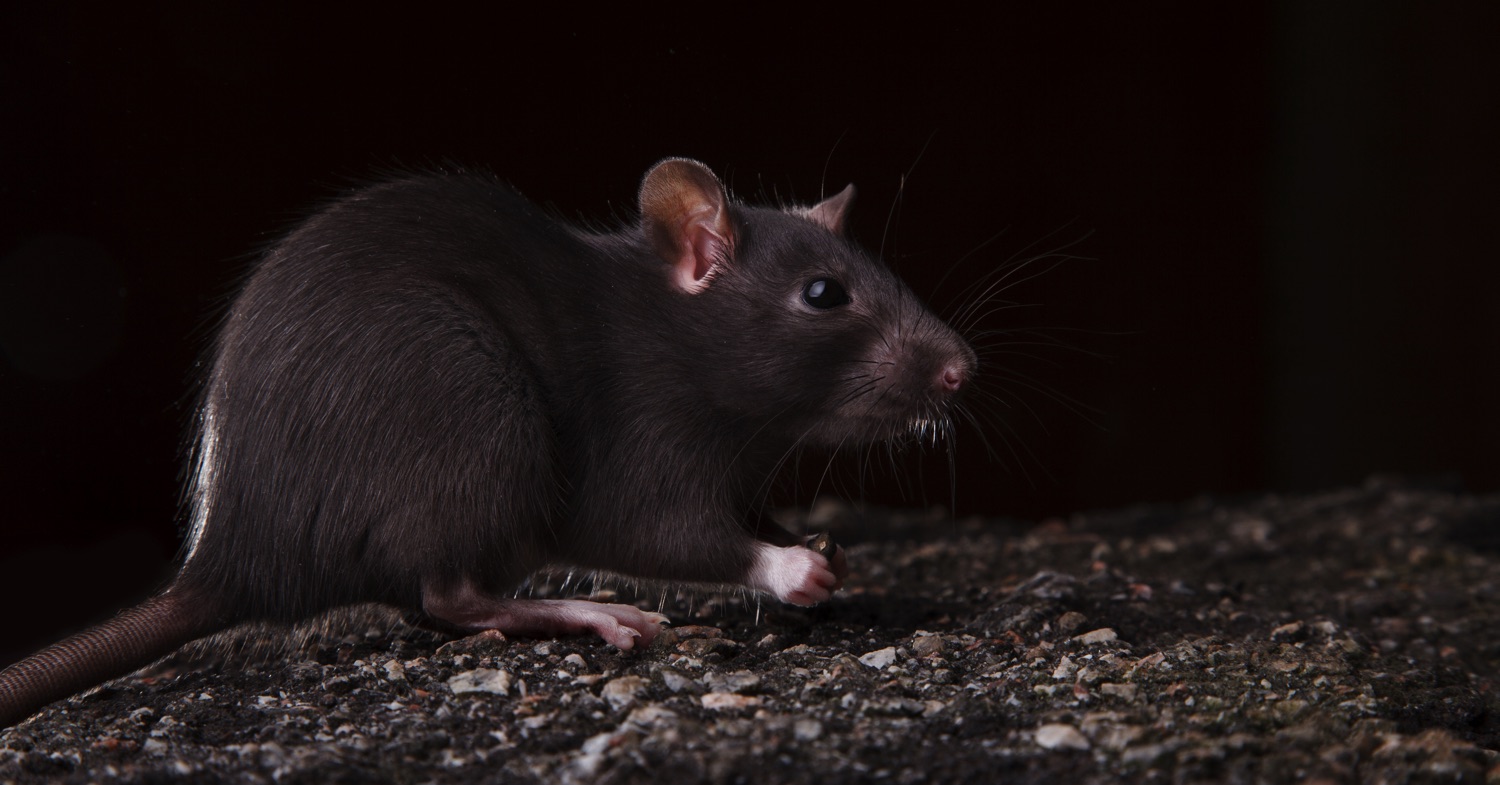
Rodenticides
Rodenticides are pesticides used to control rodents, such as rats, mice, gophers, woodchucks, beavers, squirrels, rabbits, and chipmunks. While these mammals play a unique role in the grander ecosystem, they can also cause problems for property owners. Sometimes, their populations need to be controlled. This is where proper rodenticide application becomes extremely important.
Rodenticides often use food substances to bait the target rodent.
Poison baits use tamper-resistant bait stations to combine toxic elements with these food substances to attract the rodents. The tamper-resistant element helps to protect human, domestic animals and untargeted wildlife.
Damage caused by rodents, small animals, and even deer, can be disastrous for private and commercial properties. It is important that you educate your clients about how to recognize signs of damage caused by these animals and provide quality treatment and protection for your clients' landscapes.
Rodents can cause damage to lawns and landscaped flower beds by tunneling and creating burrows underground. Tunneling can create raised areas in lawns and kill plants by disrupting their intricate root systems.
Deer and rabbits love to eat on a variety of vegetation. Rabbits nibble on bark, and since deer lack upper incisors, they have to tear and rip plant leaves which cause the leaves to have jagged edges. They will also rub their antlers and bodies against trees, which can shred bark and uproot young trees.
Traps may be used to capture and kill gophers, moles, yellow jackets, and rats. Some require the use of an attractant or bait, while others are set-and-go traps. For those seeking more humane solutions, rodent and animal repellents are an option. These repellents keep invasive animals away from yards or businesses without killing them.
If your clients are looking to you to repel rodents and other animals from their landscapes, Horizon offers a wide variety of rodenticides, traps, and repellents for landscaping businesses.
Ensuring that label instructions are followed is crucial for protecting loved ones and pets.
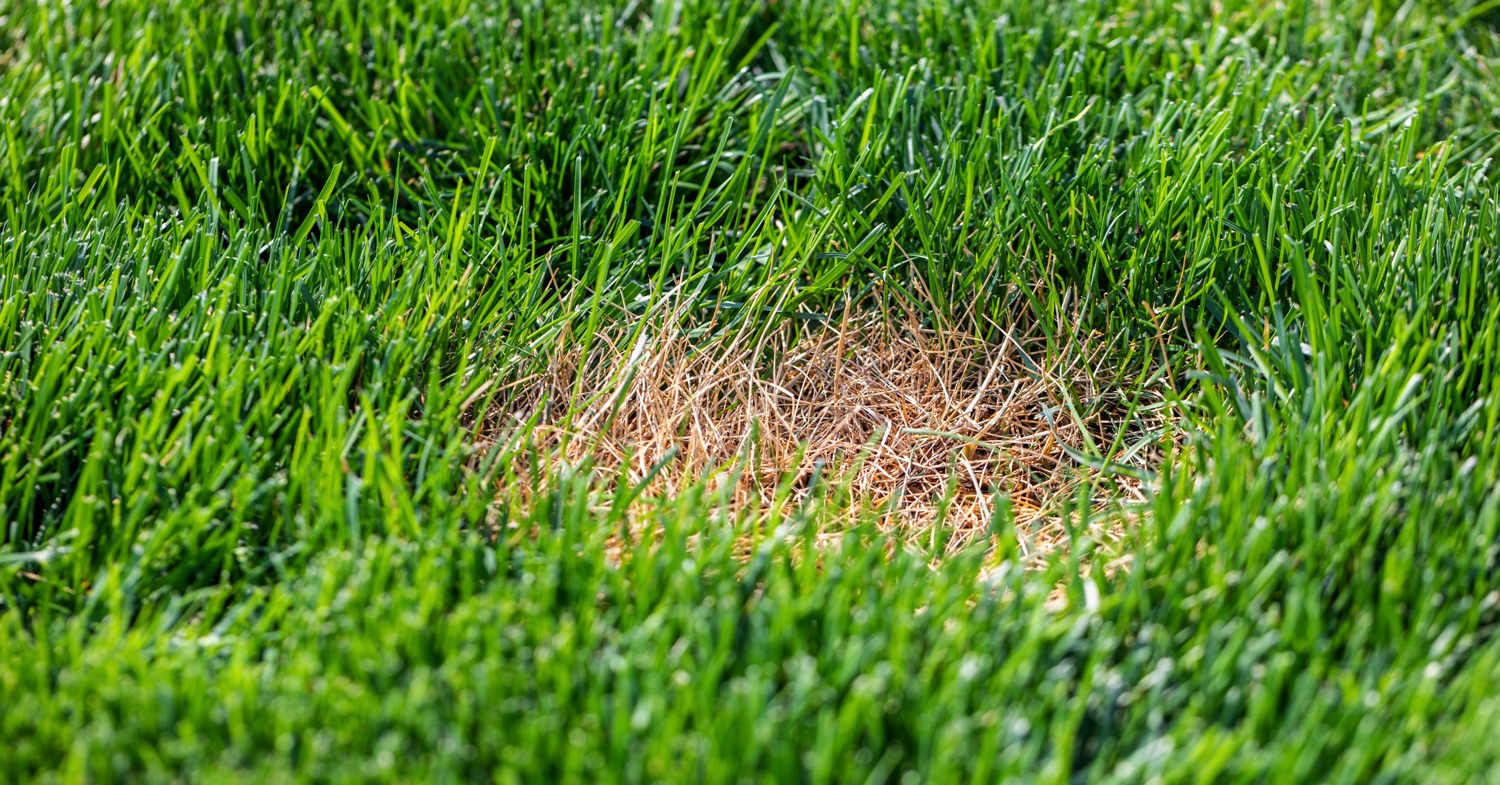
Fungicides
When you think of fungi, you probably think of mushrooms. When you think of mushrooms, you probably think of controversial pizza toppings or Super Mario Brothers. Fungi, however, can be much more detrimental to a lawn than cute little toadstools, and you definitely don’t want to put this kind on your pizza.
Fungi make up a kingdom that includes yeasts, rusts, smuts, mildews, molds, as well as mushrooms.
Fungicides are pesticides that kill or prevent the growth of fungi and their spores. They can be used to control fungi that damage plants, including rusts, mildews and blights. They might also be used to control mold and mildew in other settings.
Fungicides work in a variety of ways, but most of them damage fungal cell membranes or interfere with energy production within fungal cells.
There are many diseases attributed to fungi which affect flowers, golf course turf, lawns, ornamentals, shrubs, and trees. Lawn diseases and turf diseases tend to be highly noticeable because of leaf blight which causes pale yellow or brown patches of grass to develop.
The following diseases are attributed to fungi:
- Anthracnose
- Brown Patch
- Dollar Spot
- Leaf Spots & Blights
- Powdery Mildew
- Snow Molds
- Summer Patch
- Stem, crown, and root rot
- Necrotic Ring Spot
- Root rot
Fungicides combat many lawn fungus and plant fungus species. When selecting fungicides for use on golf course turf and landscape plants, like flowers, ornamentals, trees, and shrubs, it is important to establish a fungicide resistance program by selecting fungicides with different FRAC codes. The Fungicide Resistance Action Committee, FRAC, assigns a code to fungicides based on their active ingredients to help reduce cross-resistance.
Cross-resistance occurs when a fungus becomes resistant to a particular fungicide which leads to its resistance to another fungicide with the same target site.
Horizon helps landscape professionals select a fungicide and curate a fungicide resistance program.
Conclusion
Landscapers are destined to encounter pests. Be prepared to combat the pests that plague your clients’ properties by educating yourself on the importance of proper pesticide application. Each property is different and requires pest control tailored to the environment’s specific needs.
Still not sure which pesticide options are best for you? Horizon helps landscape professionals prescribe the best pesticide solutions for their properties. Contact us today to learn more!